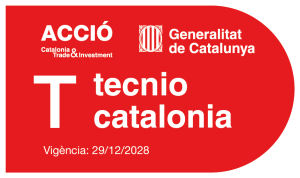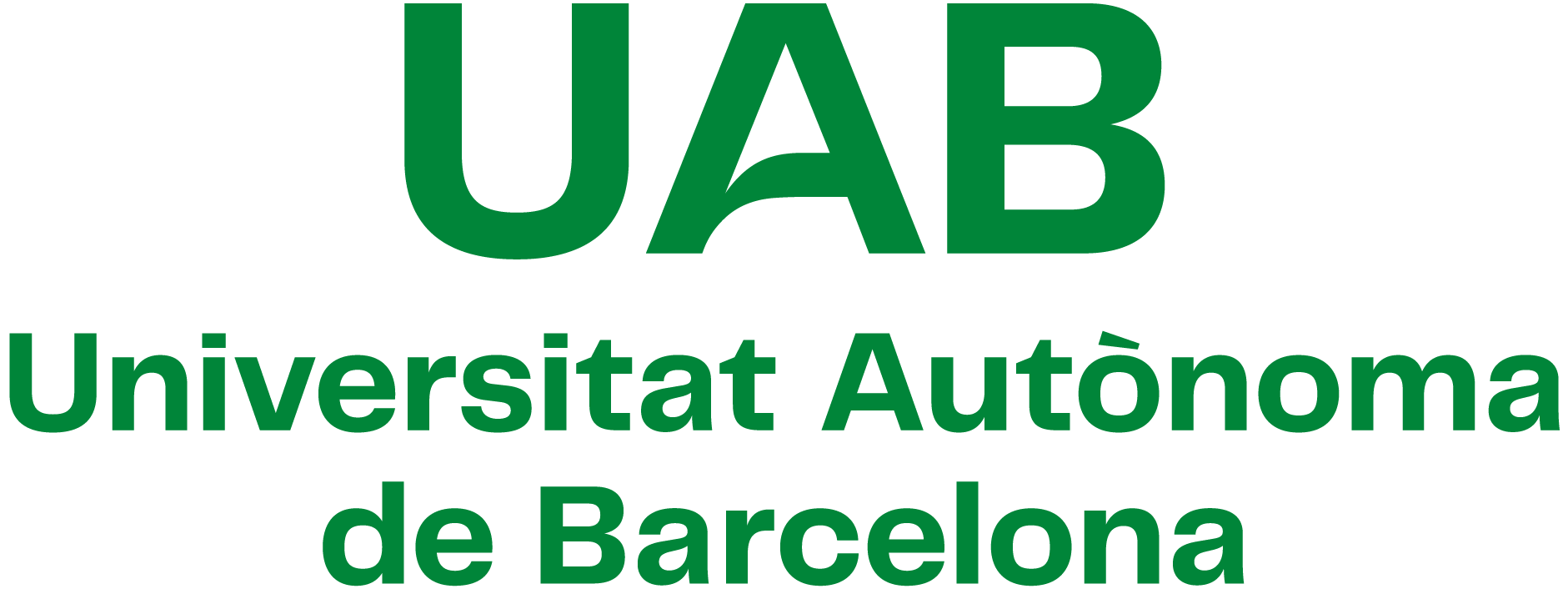The objective of this line of research is to evaluate the combined effect of different food processing, and conservation technologies, to identify synergies and advantages by comparing them with the specific application of each of these technologies. The combined methods not only contribute to minimizing the intensity applied during food treatments, but also to the design of potential new foods.
Food Processing and Control
- Combined processes
- Optical sensors
- Processing by ultraviolet light
- Processed by high hydrostatic pressure
- Processed by ultra-high pressure homogenization
Combined process design
Researchers
- Montserrat Mor-Mur Francesch. View profile
- Artur Xavier Roig Sagués. View profile
- Antonio José Trujillo Mesa. View profile
Development of optical sensors for optimization and control of industrial food Processing
This research line focuses on the development and application of optical sensor technologies for inline monitoring and control of food processing, as well as for real-time quantification of chemical compounds of food and evaluation of their functional and/or technological properties. Different inline optical sensor technologies using UV/VIS/NIR light backscattering and fluorescence (right-angle and front-face configurations) are currently under development:
- Determination of gel firmness in dairy gels induced by rennet or by lactic cultures,
- Determination of pH in yogurt and fermented milk products,
- Combined control of milk coagulation and curd syneresis (whey drainage) in cheese manufacturing,
- Determination of the degree of denaturation of whey proteins during heat treatment of milk,
- Determination of casein micellar size in heat-treated milk,
- Determination of various thermal damage markers (HMF, -SH, lactulose, furosin, vitamins A, C and B2, etc., in milk,
- Determination of functional properties of sweet and acid whey (eg., foaming, emulsifying, gelling capacities, etc.)
- Determination of the degree of meat emulsification during chopping and cooking losses.
Researchers
- Manuel Castillo Zambudio. View profile
- Montserrat Mor-Mur Francesch. View profile
- Jordi Saldo Periago. View profile
- Antonio José Trujillo Mesa. View profile
- Anna Zamora Viladomiu. View profile
Processing of liquid foods by ultraviolet light C (UV-C)
The main objective of this line is to obtain foods with a long shelf life, stable and with a higher nutritional and sensory quality than those obtained with heat treatments.
Researchers
- Manuela Hernández Herrero. View profile
- Artur Xavier Roig Sagués. View profile
Food processing by high hydrostatic pressure
Evaluation and validation of the application of high hydrostatic pressure on food: safety; nutritional and functional properties; sensory characteristics and shelf life studies.
Researchers
- Marta Capellas Puig. View profile
- Manuel Castillo Zambudio. View profile
- Victoria Ferragut Pérez. View profile
- Manuela Hernández Herrero. View profile
- Bibiana Juan Godoy. View profile
- Montserrat Mor-Mur Francesch. View profile
- Artur Xavier Roig Sagués. View profile
- Jordi Saldo Periago. View profile
- Antonio José Trujillo Mesa. View profile
Liquid food processing by ultra-high pressure homogenization (UHPH)
Ultra-High Pressure Homogenization (UHPH) is an innovative technology based on the same principles as conventional homogenization, capable of operating up to 300 MPa. This technology, which is a continuous process, allows an effective reduction of the particles, better than the classic homogenization, with a concomitant reduction of the microbial load. It is suitable for liquid foods producing high physical and microbial stability.
Researchers
- Manuel Castillo Zambudio. View profile
- Victoria Ferragut Pérez. View profile
- Manuela Hernández Herrero. View profile
- Bibiana Juan Godoy. View profile
- Artur Xavier Roig Sagués. View profile
- Jordi Saldo Periago. View profile
- Antonio José Trujillo Mesa. View profile


